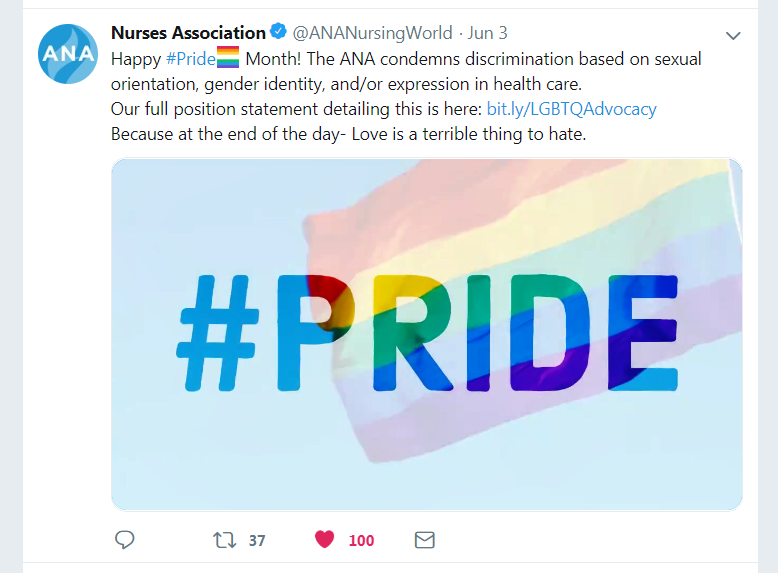In late June, a federal court ruled that new family planning rules can take effect, despite ongoing litigation to strike them down. For the first time, providers receiving Title X funds are faced with figuring out the practical aspects of the new rule, including any day-to-day impact on nurses who care for reproductive-age women. ANA is following fast-moving developments with the Title X “gag rule,” and continues to be alert to the rule’s unique implications for nursing.
To recap: Title X is the federal program dedicated to ensuring that patients with low incomes have access to a range of approved family planning methods, along with related reproductive health care and prevention. Title X is administered by the Office of Population Health (OPA) within the Department of Health and Human Services (HHS). The program serves about 4 million people each year.
In March 2019, OPA revised Title X regulations to bar grantees from referring patients to abortion providers and to restrict the content of counseling offered to pregnant patients in additional ways. ANA has vocally opposed these provisions on ethical grounds: Nurses are ethically obligated to foster patient trust, “giving patients complete and accurate information about their health care options so they may make meaningful, informed decisions about their health.”
The details of the final rule raise practical issues for RNs working at sites with Title X funding. Section 59.14 allows only advanced practice clinicians, such as nurse practitioners or certified nurse-midwives, to provide pregnancy counseling, subject to the problematic referral limitations noted above. By the terms of the regulation, RNs and other personnel can provide only information about prenatal care.
While the rule certainly seems to limit the scope of RN practice in family planning, it is unclear how a nurse should proceed in an encounter with a patient who has just learned they are pregnant. This question is especially critical at sites in underserved areas where advanced practice clinicians are not always available. OPA has so far not provided any guidance on how a Title X provider in such circumstances can comply with the rules.
What happens now? In general, OPA has not publicly clarified how and when it will enforce the rules. The National Family Planning and Reproductive Health Association (NFPRHA) has publicly urged OPA “to take the time to properly expand on and better describe how it will interpret aspects of the rule — using examples that reflect the wide range of provider settings and administrative structures present in Title X.”
Despite the practical uncertainty, in the absence of judicial or legislative action to overturn it, the Title X final rule is effectively now in place. Some states may, as Illinois’ governor just announced, drop out of Title X altogether and substitute their own funding for family planning. NFPRHA recommends grantees consult their local counsel.
Nursing advocates are engaged in legislative efforts around Title X , and are working to address the implications of the rule for patient access as well as nursing practice. As clarity about implementation emerges, ANA will be tracking stories from nurses who experience direct consequences of the rule on their practice or their patients. If you have information that you would like to share about implementation of the Title X final rule, please contact gova@ana.org.

